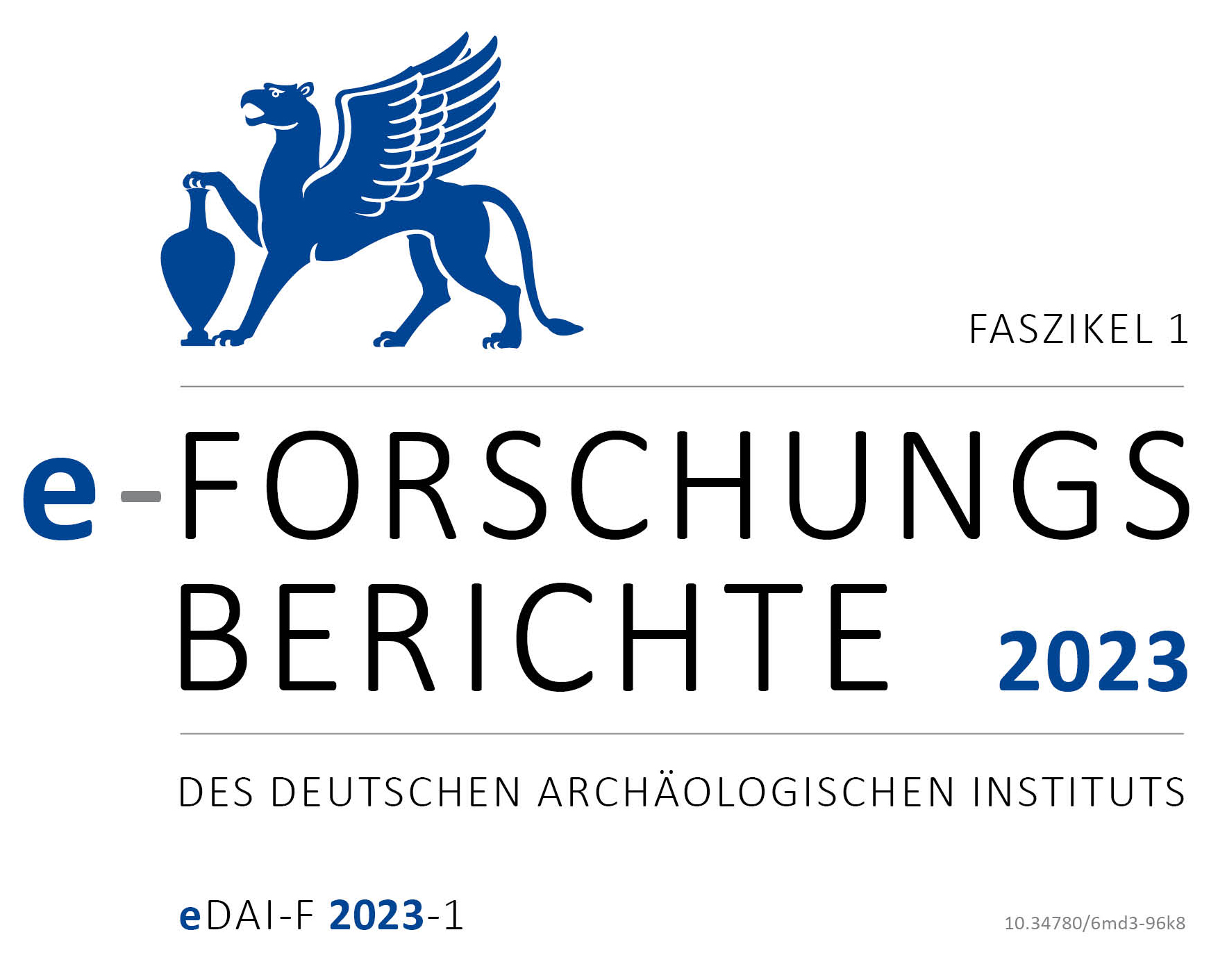Urmiasee, Tepe Leilan, Tepe Dalma, Nordwest-Iran, Neubeginn am Urmiasee. Ein Beitrag zur Neolithisierung in Iran. Die Arbeiten ab 2020
https://doi.org/10.34780/madw-c903
Abstract
NW-Iran can be regarded as a cultural intermediate zone between the Iranian Highland, Northern Mesopotamia, South-eastern Turkey and the South-Caucasus. Archaeological research has a long history from the 1930s onwards, starting with the first visits of Sir Aurel Stein (1940) and Erich Schmidt’s airplane over Lake Urmia. Early investigations in South and East of Lake Urmia provided a regional sequence from the Late Neolithic – Chalcolithic – Bronze Age – Iron Age (Hasanlu X – Hasanlu II-I) that is roughly valid until today. Our understanding of the origin and formation processes of the Neolithic period in the Urmia Basin underlies a conventional model of a fully developed »package« that appears to have migrated from a Zagros core region elsewhere on the Irani-an Plateau during the early 6th millennium BC. Actually, the process can be regarded as diverse and rather complex, due to the high potential of possible interaction with adjacent regions and the possibility of additional possible regional developments for instance in the hilly flanks of the Alborz mountains along the South-Caspian shoreline. DAI Teheran started new investigations in the Lake Urmia region in order to gather new data and for a better understanding of the neoltihic process(es) in this particular interconnective region.
Keywords:
Austausch, Dalma-Kultur, Hassuna-Kultur, Neolithikum, Obsidian, Siedlungsräume





